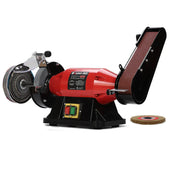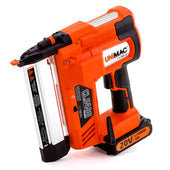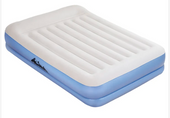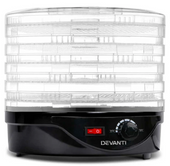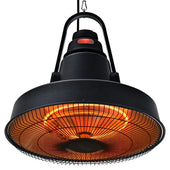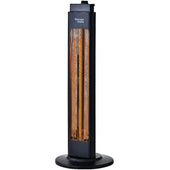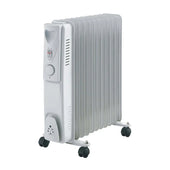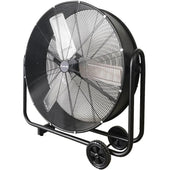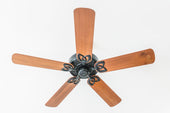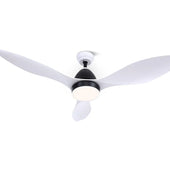Understanding the Basics of Sofa and Cushion Pairing
Pairing cushions with a sofa begins by considering the sofa's colour, texture, and style. The sofa acts as the foundation, while the cushions add personality and complement the overall theme. For monochromatic sofas, cushions in contrasting or complementary hues can enhance visual interest. Patterns like florals, stripes, or geometric designs can be used to offset a plain sofa.
The size of the sofa determines the size and number of cushions; a larger sofa may comfortably accommodate more cushions of varying sizes. Choosing similar textures creates harmony, while mixing textures like velvet and linen introduces sophistication. During Days suggests that Symmetry suits traditional styles, whereas asymmetry provides a contemporary touch.
Importance of Balance Between Sofa and Cushion Colours
Achieving balance between sofa and cushion colours is critical to creating a harmonious living space. When colours are well-matched, they complement the room’s overall aesthetic. Overpowering contrasts can disrupt the flow, while overly similar hues may feel monotonous.
Factors to consider include:
- Colour psychology: Selecting hues that evoke desired moods, such as soft, warm tones for relaxation.
- Contrast and complement: Cushions should either complement sofa shades or provide engaging contrasts for visual interest.
- Room colour palette: Cushions should tie the sofa into the broader design scheme.
Striking the right balance ensures a cohesive design while enhancing spatial dynamics and visual appeal.
How to Choose Cushions Based on Your Sofa Fabric
Selecting cushions that complement your sofa fabric involves balancing texture, colour, and pattern. Begin by considering the sofa's material. For velvet or silk sofas, choose equally luxurious cushions, such as those with intricate embroidery or metallic accents. Linen or cotton sofas pair well with textures like knitted or woven cushions, adding depth without overwhelming.
When the sofa fabric is patterned, opt for solid-coloured cushions to prevent visual clutter. Conversely, a solid-coloured sofa offers the opportunity to introduce bold patterns or mixed textures through cushions. Match or contrast cushion tones with the sofa’s fabric for a cohesive or dramatic effect. Keep materials consistent to harmonise the overall style.
Mixing Patterns and Textures for a Unique Look
Combining patterns and textures in cushions adds visual interest and depth to a sofa arrangement. Start by selecting a central theme or colour palette to ensure cohesion while exploring different designs. Pair bold geometric prints with softer floral patterns for an elegant contrast, or mix stripes with polka dots for a playful touch. Balance the intricacy by blending printed cushions with plain, textured ones.
Selecting varied fabrics like velvet, linen, and woven materials can elevate the tactile appeal of the space. Include cushions with embroidery, tufting, or metallic accents for added character. Keep scale in mind; large patterns work best alongside smaller, subtle ones to avoid overwhelming the decor.
The Role of Shape and Size in Cushion Styling
The shape and size of cushions significantly influence the overall aesthetic of a sofa. By mixing shapes, such as squares, rectangles, and round cushions, one can add dimensional interest and prevent monotony. Larger cushions provide a backdrop for smaller ones, creating layers that appeal visually. For ample seating space, opt for fewer oversized cushions rather than overcrowding with small ones. Round cushions can soften sharp-edged furniture, balancing the structure. Conversely, elongated cushions lend a sleek and modern appearance, especially on contemporary sofas. Proper proportion is key; cushions should complement the scale of the sofa without overpowering it, ensuring harmony in design.
Seasonal Trends: Updating Cushions for Different Times of the Year
Seasonal cushion updates can add a fresh and inviting atmosphere to any living space. By adapting fabrics and colours to reflect the seasons, a sofa can feel perfectly attuned to the time of year.
- Spring: Light pastels, floral patterns, and breathable cotton or linen fabrics can reflect the blooming freshness of spring.
- Summer: Vibrant colours, tropical prints, and lightweight covers evoke energy and warmth, enhancing the summer feel.
- Autumn: Earthy tones like burnt orange, mustard, and deep green paired with cosy textures like velvet or chenille create a snug, autumnal atmosphere.
- Winter: Darker, warm hues, festive patterns, and plush, woolly materials contribute to a cosy and festive winter environment.
Switching cushion covers seasonally ensures versatility and keeps the sofa decor exciting.
Layering Techniques to Elevate Your Sofa’s Styling
Layering cushions on a sofa creates dimension and visual interest, transforming a simple seating area into a design statement. Start by selecting a base layer of larger cushions that complement the sofa’s colour, using neutral tones or solid hues for versatility. Introduce a middle layer with smaller cushions featuring subtle patterns or gentle textures to add depth.
Incorporate a top layer of accent cushions with bold prints, contrasting colours, or unique shapes to catch the eye. Mix and match materials like velvet, linen, or faux fur for textural variety. Arrange cushions asymmetrically for a more relaxed, curated look. Experiment to find harmony.
Matching Cushions to Suit Your Interior Decor Theme
Selecting cushions that complement the overall interior decor theme requires attention to colours, patterns, and textures. A modern minimalist decor benefits from cushions in monochromatic or neutral tones like grey, beige, or white. For bohemian interiors, opt for vibrant, eclectic prints paired with textured fabrics such as macramé or velvet. Traditional settings call for rich, classic patterns like florals or damasks, often in warm tones. Coastal themes work well with soft blues, whites, and nautical stripes, while industrial-style rooms suit muted tones and rougher textures like leather or canvas. Matching the cushions to the theme enhances cohesion and creates visual harmony.
How to Incorporate Statement Cushions Without Overpowering the Sofa
To balance the impact of bold statement cushions, consider the sofa's existing colour and texture. Opt for statement cushions that use complementary or harmonious hues to avoid a jarring effect. For patterned cushions, select designs that align with or subtly contrast the sofa's tone.
Prioritise proportion by mixing larger statement cushions with smaller, neutral-toned ones to prevent overwhelming the space. Arrange cushions asymmetrically for a more organic look and to diffuse their visual weight.
When choosing materials, use diverse textures—like velvet or linen—to add dimension without competing for attention. Pair bold designs with plain backdrops to create a cohesive yet dynamic arrangement.
Tips for Budget-Friendly Cushion Makeovers
- Mix and Match Fabrics: Opt for cushion covers made from affordable materials, such as cotton or polyester, to combine durability and style without breaking the bank. Consider clearance sales or fabric remnants for unique patterns at a fraction of the cost.
- Focus on DIY Solutions: Sew your own cushion covers with easy-to-follow online tutorials, or repurpose old fabric from curtains or clothing to create personalised designs.
- Shop Second-Hand: Thrift stores and online marketplaces often have budget-friendly cushions and covers. This approach not only saves money but also supports sustainable practices.
- Prioritise Inserts: Choose high-quality yet inexpensive cushion inserts to ensure both comfort and longevity. Purchasing inserts separately allows greater flexibility over styling options for covers.
- Use Paint or Dye: Transform older cushions with fabric dye or paint for a refreshed look. This low-cost option can add bold new colours or patterns, restoring worn-out cushions affordably.



